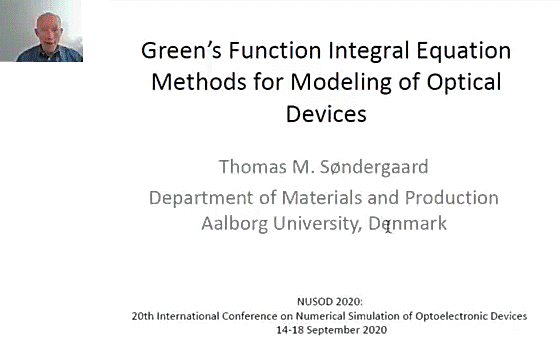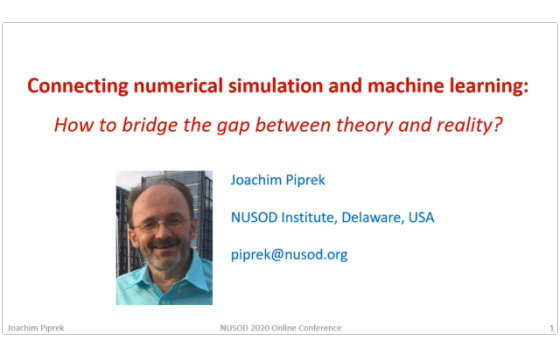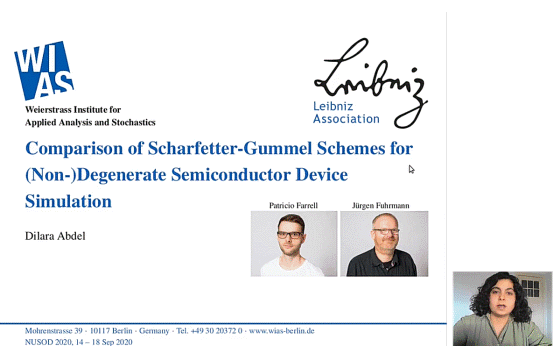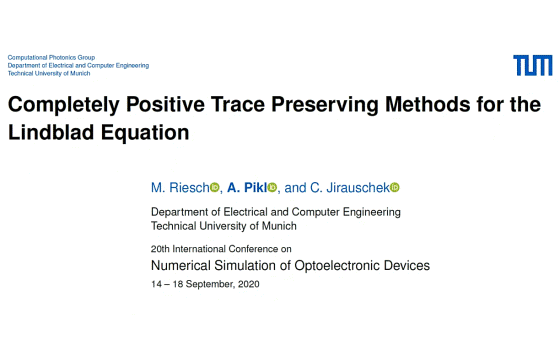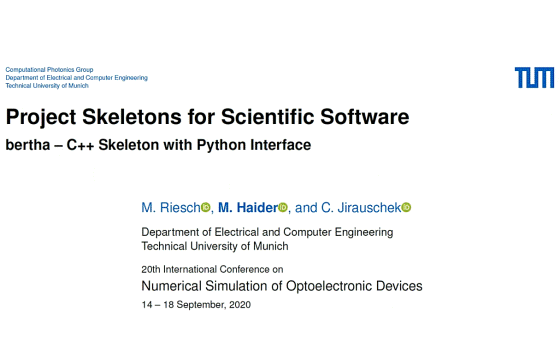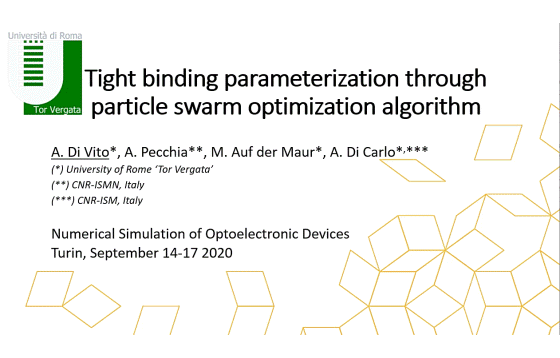MM01–Green’s function integral equation methods for modeling of optical devices
Green’s function integral equation methods are presented that can be applied for modeling of optical devices in cases where the problem can be formulated as a scattering problem. The methods are applied to study in three dimensions the effect of a cylindrical micro-lens on radiation emitted from a THz photoconductive antenna, and for studying the […]




